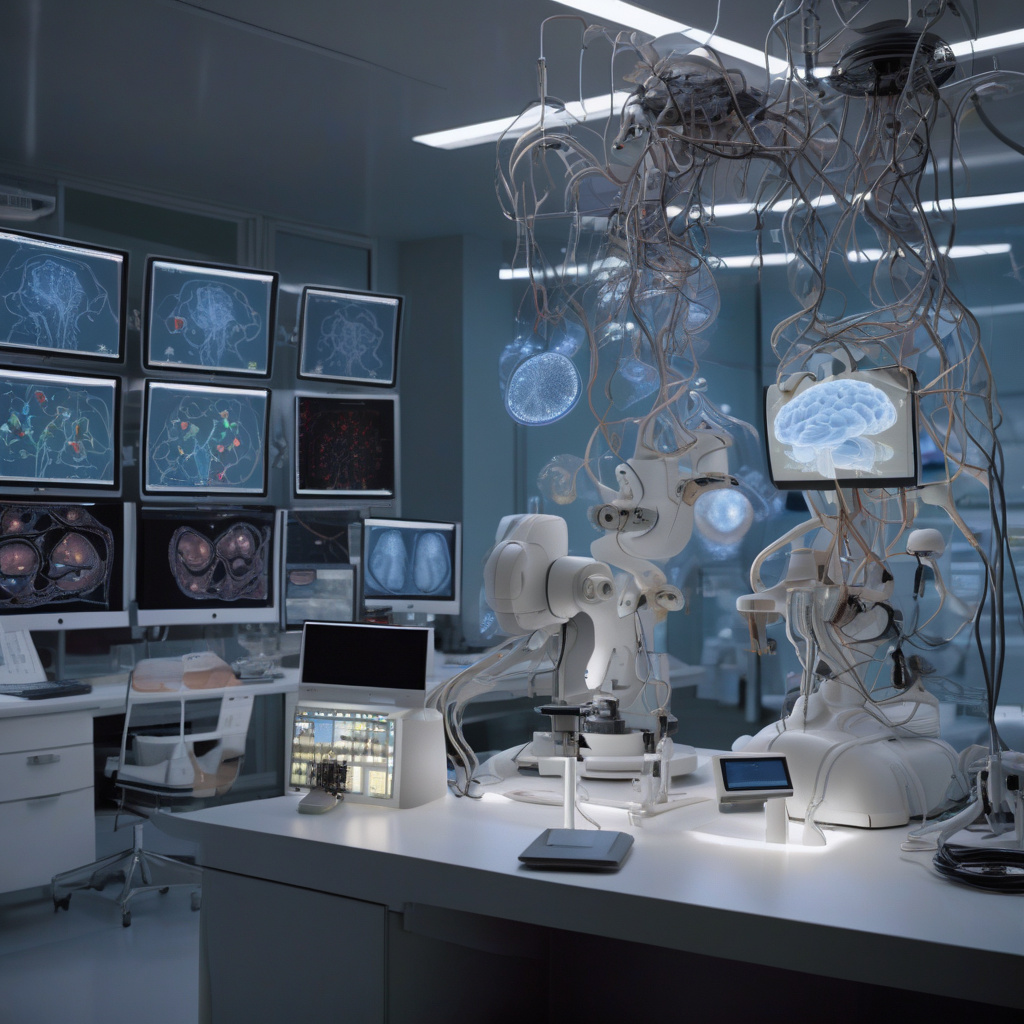Unlocking the Power of the Mind: Converting Brain Signals into Words with the Help of AI
In a groundbreaking development, scientists have successfully created a system that can translate brain signals into words with the assistance of Artificial Intelligence (AI). This innovative technology, based on Electroencephalography (EEG), holds immense potential to revolutionize communication for speech-impaired individuals by allowing them to express their thoughts through a computer interface.
EEG is a non-invasive method of recording electrical activity in the brain, commonly used in clinical and research settings to diagnose neurological disorders and study brain function. By harnessing the power of EEG technology in conjunction with AI algorithms, researchers have devised a way to decode brain signals associated with speech production and translate them into recognizable words.
The implications of this advancement are profound, particularly for individuals who are unable to communicate verbally due to conditions such as ALS, stroke, or traumatic brain injuries. By utilizing an EEG-based system that can interpret their brain signals and convert them into spoken words, speech-impaired patients may regain the ability to communicate effectively with others, thereby enhancing their quality of life and independence.
One of the key benefits of this technology is its potential to provide a real-time communication solution for individuals with speech impairments. By bypassing the need for traditional speech production mechanisms, such as vocal cords or mouth movements, the EEG-based system offers a direct pathway from the brain to a computer interface, enabling users to generate speech simply by thinking about what they want to say.
Moreover, the ability to convert brain signals into words using AI opens up new possibilities for enhancing human-computer interactions. Imagine being able to control devices, compose messages, or browse the internet using only your thoughts. This level of seamless integration between the human mind and technology has the potential to transform the way we interact with the digital world, making tasks more efficient and accessible for everyone.
While the technology is still in the early stages of development and refinement, the progress made so far is incredibly promising. Researchers continue to fine-tune the algorithms that decode brain signals, aiming to improve accuracy, speed, and vocabulary size to make the system more practical and user-friendly for speech-impaired individuals.
In addition to its applications in assisting speech-impaired patients, the EEG-based system has the potential to benefit a wider range of users, including those in the field of human-computer interaction, gaming, and virtual reality. By enabling direct brain-to-computer communication, this technology could pave the way for new innovations in user interface design and immersive experiences that respond to users’ thoughts and intentions in real time.
As we look to the future, the convergence of neuroscience, AI, and digital technology holds the promise of unlocking new capabilities and possibilities for human communication and interaction. The ability to convert brain signals into words represents a significant step forward in harnessing the power of the mind to overcome physical limitations and enhance our connection with the world around us.
#BrainSignals, #AI, #EEGTechnology, #SpeechImpairment, #HumanComputerInteraction
